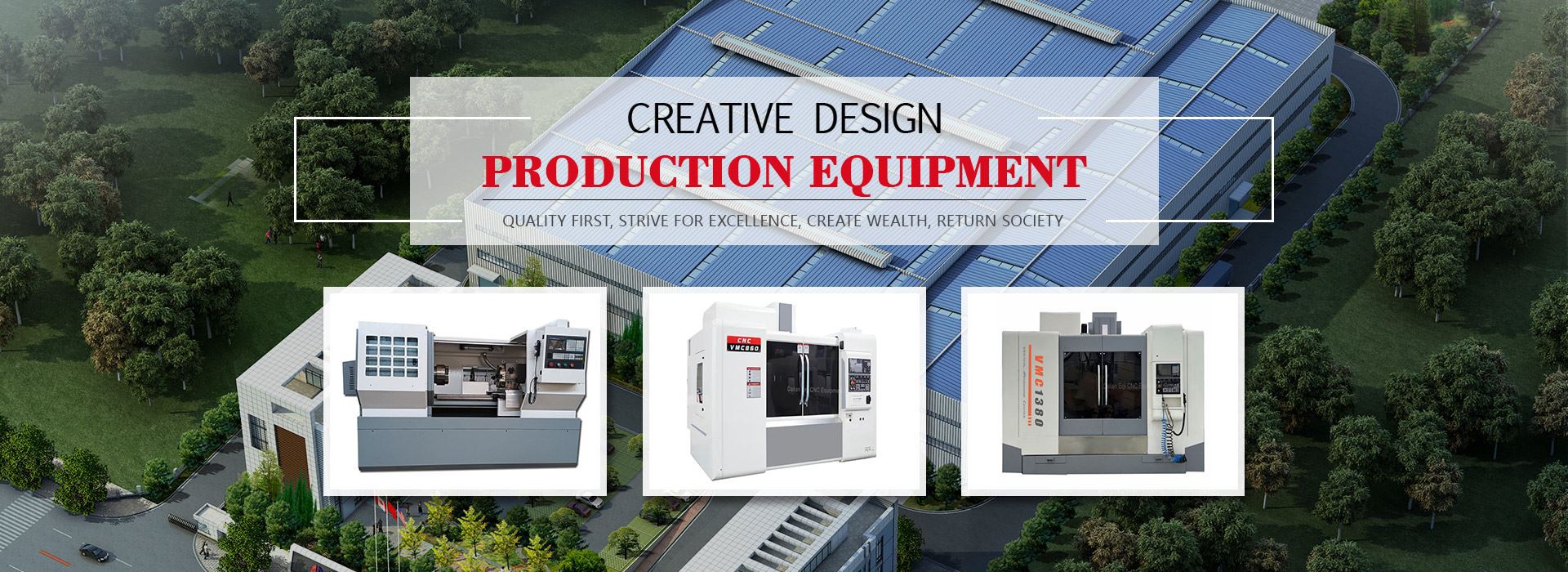Six points for attention in CNC lathe processing
Nov 09, 2023
The process of CNC lathe processing is similar to that of ordinary lathe processing, but because CNC is a clamping, continuous automatic processing to complete all turning processes, so attention should be paid to the following aspects:
1. Reasonable selection of cutting parameters
For high-efficiency metal cutting, the material to be machined, cutting tools, and cutting conditions are the three major elements. These determine the machining time, tool life and machining quality. An economical and effective machining method is necessarily a reasonable choice of cutting conditions. Three elements of cutting conditions: cutting speed, feed rate and cutting depth directly cause tool damage. With the increase of cutting speed, the temperature of the tool tip will rise, resulting in mechanical, chemical, and thermal wear. Increased cutting speed reduces tool life by 1/2. The relationship between the feed conditions and the wear behind the tool is produced in a very small range. However, the feed amount is large, the cutting temperature rises, and the rear wear is large. It has less effect on the tool than the cutting speed. Although the impact of cutting depth on the tool is not as large as the cutting speed and feed amount, in the micro deep cutting, the hardened layer of the material being cut will also affect the life of the tool. The user should choose the cutting speed according to the material to be processed, hardness, cutting state, material type, feed rate, cutting depth, etc. The selection of suitable processing conditions is selected on the basis of these factors. Regular, stable wear up to life is the ideal condition. However, in actual operations, the choice of tool life is related to tool wear, changes in machined dimensions, surface quality, cutting noise, processing heat and so on. When determining the processing conditions, it is necessary to conduct research according to the actual situation. For difficult materials such as stainless steel and heat-resistant alloys, coolant can be used or a rigid blade can be selected.
2. Choose knives reasonably
When turning rough, it is necessary to choose a tool with high strength and good durability in order to meet the requirements of large back cutting and large feed amount when turning rough.
When finishing, it is necessary to choose a tool with high precision and good durability to ensure the requirements of processing accuracy.
In order to reduce the tool change time and facilitate the tool matching, the machine clamp knife and the machine clamp blade should be used as far as possible.
3. Reasonable selection of fixtures
Try to use general fixture to clamp the workpiece, avoid using special fixture; Part positioning reference coincides to reduce positioning errors.
4. Determine the processing route
The machining route is the movement path and direction of the tool relative to the part during the processing of the exponential control machine tool.
Should be able to ensure the processing accuracy and surface roughness requirements;
The machining route should be shortened as much as possible to reduce the empty travel time of the tool.
5. Connection between processing route and processing allowance
At present, under the condition that CNC lathes have not yet reached popular use, the excess margin on the blank should generally be arranged on the ordinary lathe processing, especially the margin containing forging and casting hard skin. If you must use CNC lathe processing, you need to pay attention to the flexible arrangement of the program.
6. Fixture installation points
At present, the connection between the hydraulic chuck and the hydraulic clamping cylinder is realized by the pull rod. The key points of the hydraulic chuck clamp are as follows: First remove the nut on the hydraulic cylinder with the lift hand, remove the pull pipe, and pull out from the rear end of the spindle, and then remove the chuck fixing screw with the lift hand, you can remove the chuck. The finishing edge on the tool refers to a small section of the blade parallel to the tip of the tool that is ground in the direction of the secondary decliner behind the tool blade. It is mainly used for a secondary cutting after the blade cutting, which is equivalent to the finishing process to remove burrs and other scars in order to improve the surface roughness of the workpiece.







